The Complete Guide to Digital Training Tools
Which digital training tools are companies using to train employees faster and more effectively? Here are the ten tools that companies worldwide are currently using.
Which digital training tools are companies using to train employees faster and more effectively? Here are the ten tools that companies worldwide are currently using.
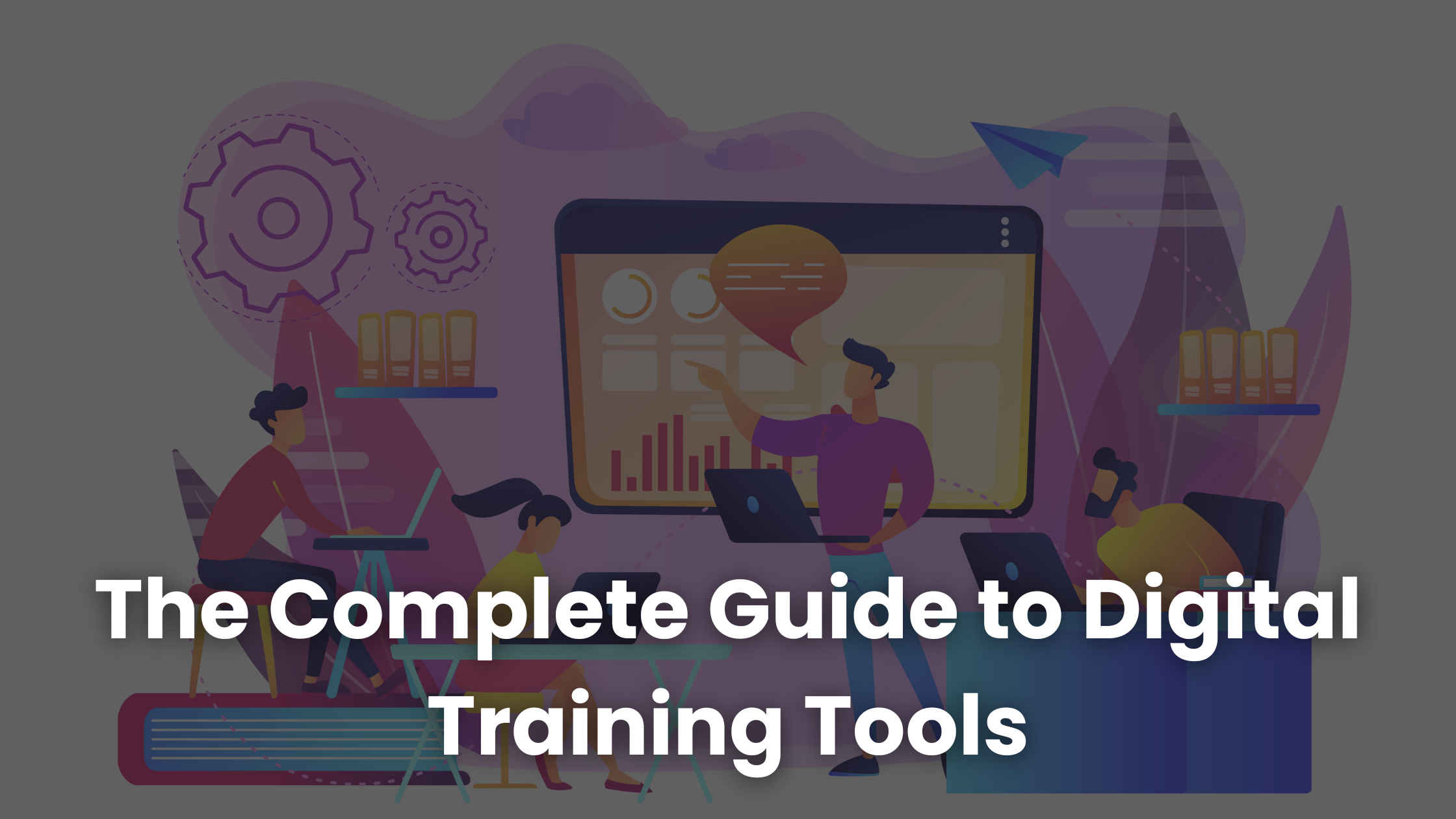
Over the years, training has changed significantly. Now, employees don’t want long presentations, complicated manuals, or boring PDFs. They want learning that’s fast, interactive, and accessible.
This is why digital training tools are in demand. These tools make learning easier by using technology to create, deliver, and track training.
However, with a range of tools at every corner of the internet, it’s difficult to find the ones that actually stand out. To ease your headache, we’ve researched and compiled ten digital training tools that’ll cover all your training needs.
Worry not, you’ll also find a decision-making guide including the things you must look at while choosing a training tool.
So let's wait no longer and dive right in.
Studies show that digital training can improve employee retention by up to 60% because people learn more successfully through short, interactive formats. Unfortunately, many companies struggle to find the right tools to make that happen.
That’s why we’ve rounded up ten powerful digital training tools to help you take your training to the next level.
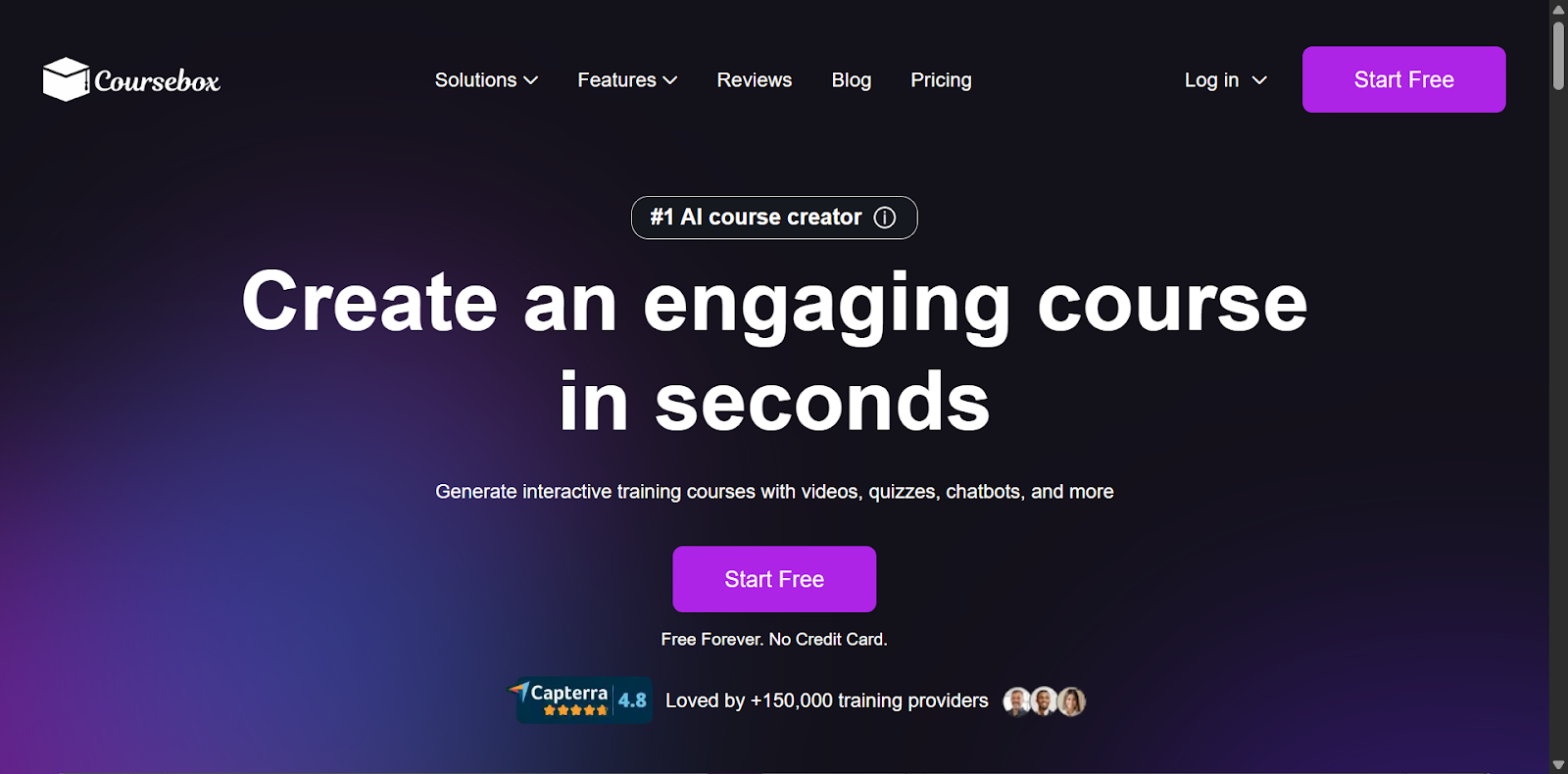
Coursebox is an AI-powered course creation platform and LMS designed for companies and training providers who want to build training rapidly. Upload your documents, videos, or websites, and this platform will convert them into structured modules with quizzes, chatbots, and interactive elements in minutes.
Because it automates much of the development work, you can deliver training faster and with fewer resources. It also supports white-labeling, mobile access, and integrates with other LMS systems.

Miro is a visual collaboration and online whiteboard platform used by teams globally for workshops, brainstorming, training sessions, and hybrid learning. It offers an infinite canvas where instructors and learners can collaborate in real time and asynchronously.
For training purposes, Miro enables instructors to design interactive modules, such as mind maps, flows, stickers, and group boards. However, it only lacks dedicated tracking and certification tools.
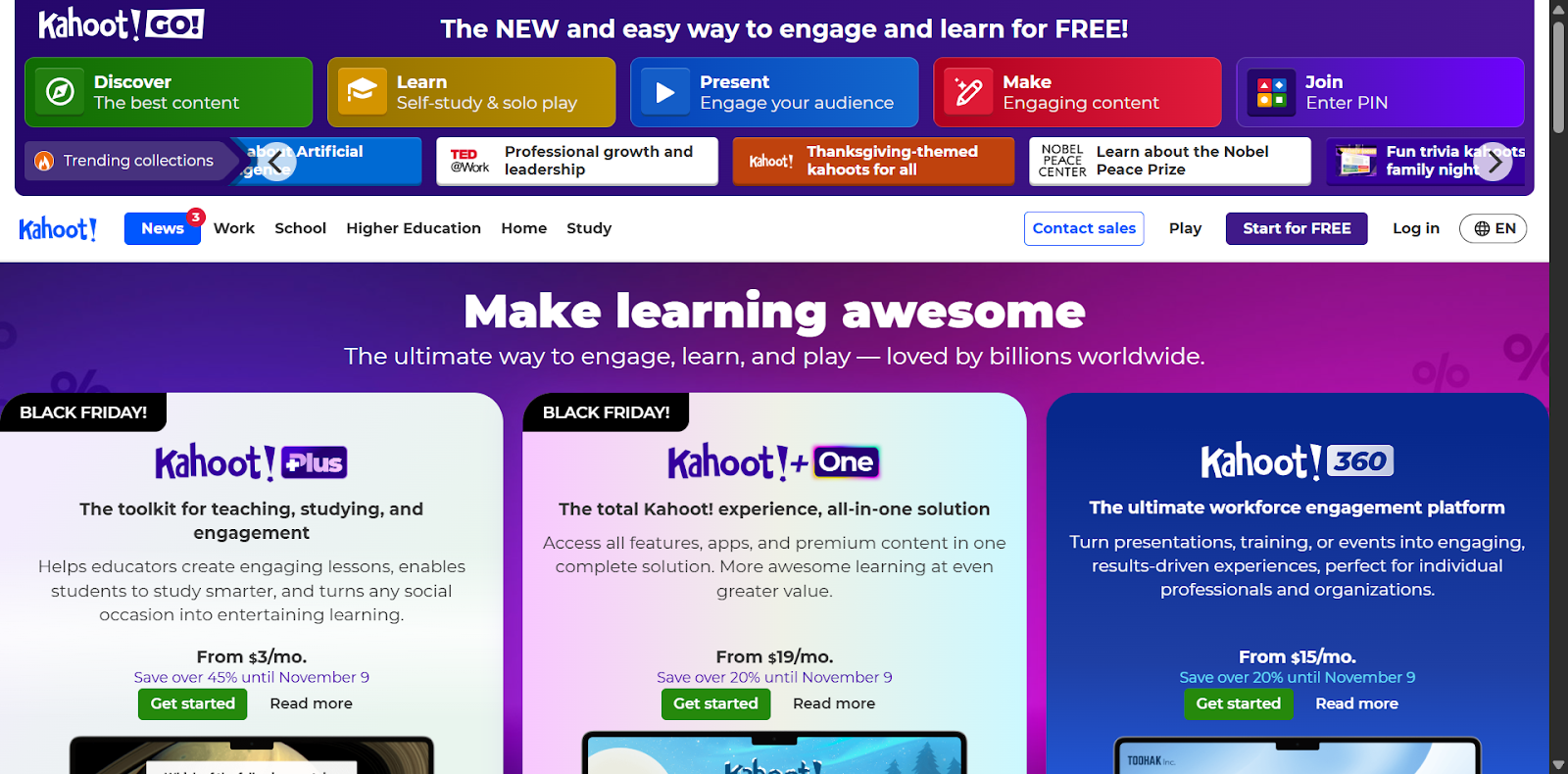
Kahoot! is a game-based learning platform that turns training into an interactive quiz experience. Instead of reading through slides, learners participate in competitive challenges where they answer questions in real time.
This makes training sessions more fun and keeps engagement levels high, especially in group settings. Many companies use Kahoot during onboarding, workshops, and live training events because it encourages participation.
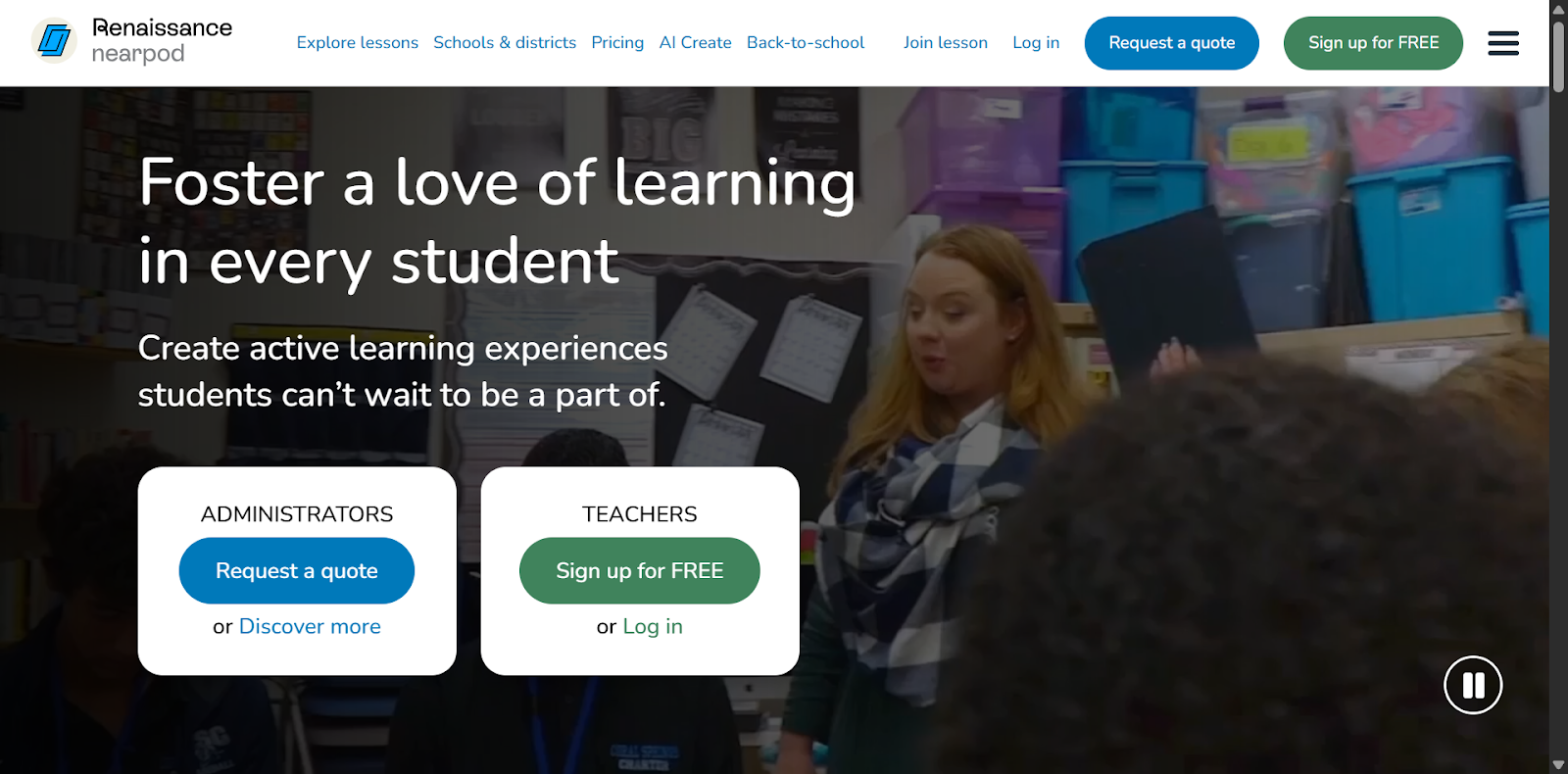
Nearpod is an interactive digital training tool that helps trainers turn presentations into engaging learning experiences. Rather than static slides, Nearpod allows users to embed quizzes, polls, videos, and simulations into the lesson. This keeps learners involved, especially during long sessions.
Organizations love Nearpod because trainees can interact with the material in real time. It works well for onboarding, product knowledge training, and group sessions where trainers want employees to stay attentive. If you need complex branching, Nearpod is not for you.
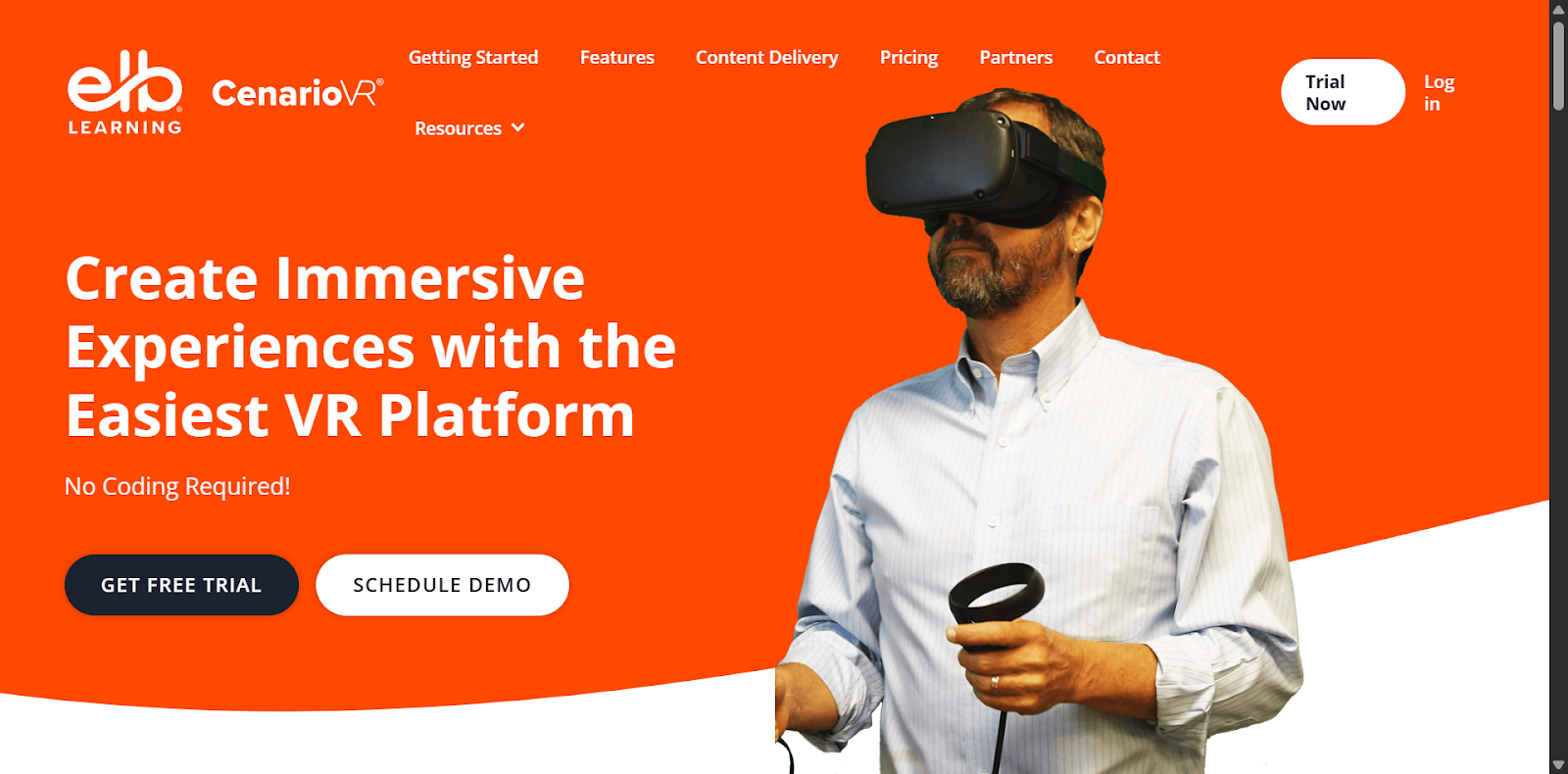
CenarioVR is a virtual reality training platform that helps organizations create immersive learning experiences. In it, learners can explore realistic 360° scenes and interact with objects as if they were in the actual environment. This makes training more memorable and useful, especially for roles that require hands-on practice.
Industries such as healthcare, manufacturing, safety training, and technical operations use CenarioVR to simulate risky or costly scenarios. VR also increases knowledge retention because learners gain real experience.

The next digital training tool in the list is Camtasia. It’s a screen recording and video editing software used to create training videos, tutorials, and walkthroughs. Even people with no editing experience can create professional-looking videos thanks to its simple interface.
If you need to show how a system, software, or process works, Camtasia makes it simple to record your screen and add voice narration. This makes it perfect for SOP videos, system onboarding, and product demos. However, it is difficult to render videos using it on older computers.
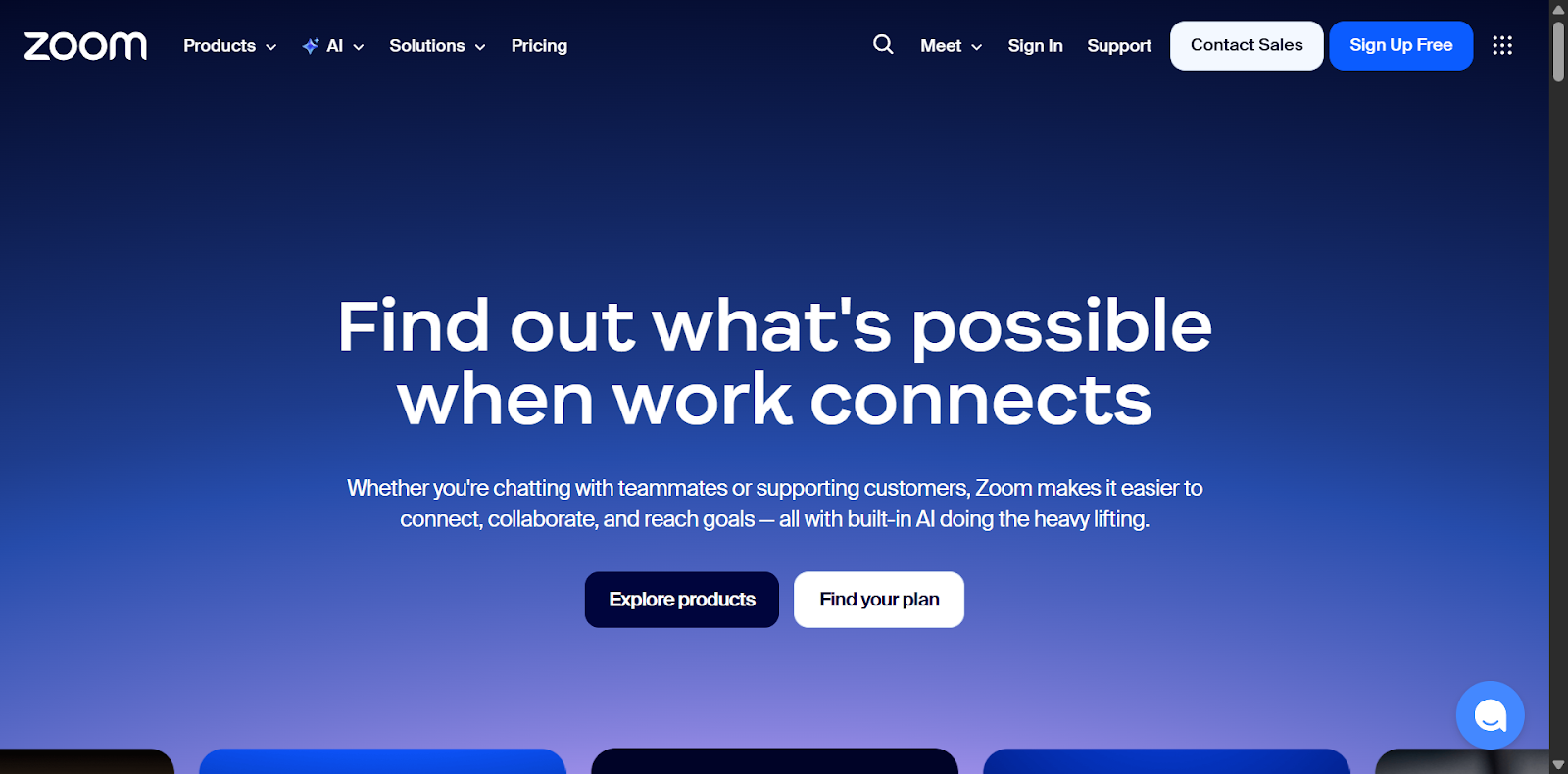
One of the most used platforms for virtual meetings and live training sessions is Zoom. Trainers can host live workshops, share screens, demonstrate workflows, and interact with employees in real time. It makes remote training feel more personal because participants can ask questions and clear doubts instantly.
Companies rely on Zoom because it supports different training formats such as breakout rooms, polls, and live chat. Whether teams are in the same location or across time zones, Zoom keeps training accessible.
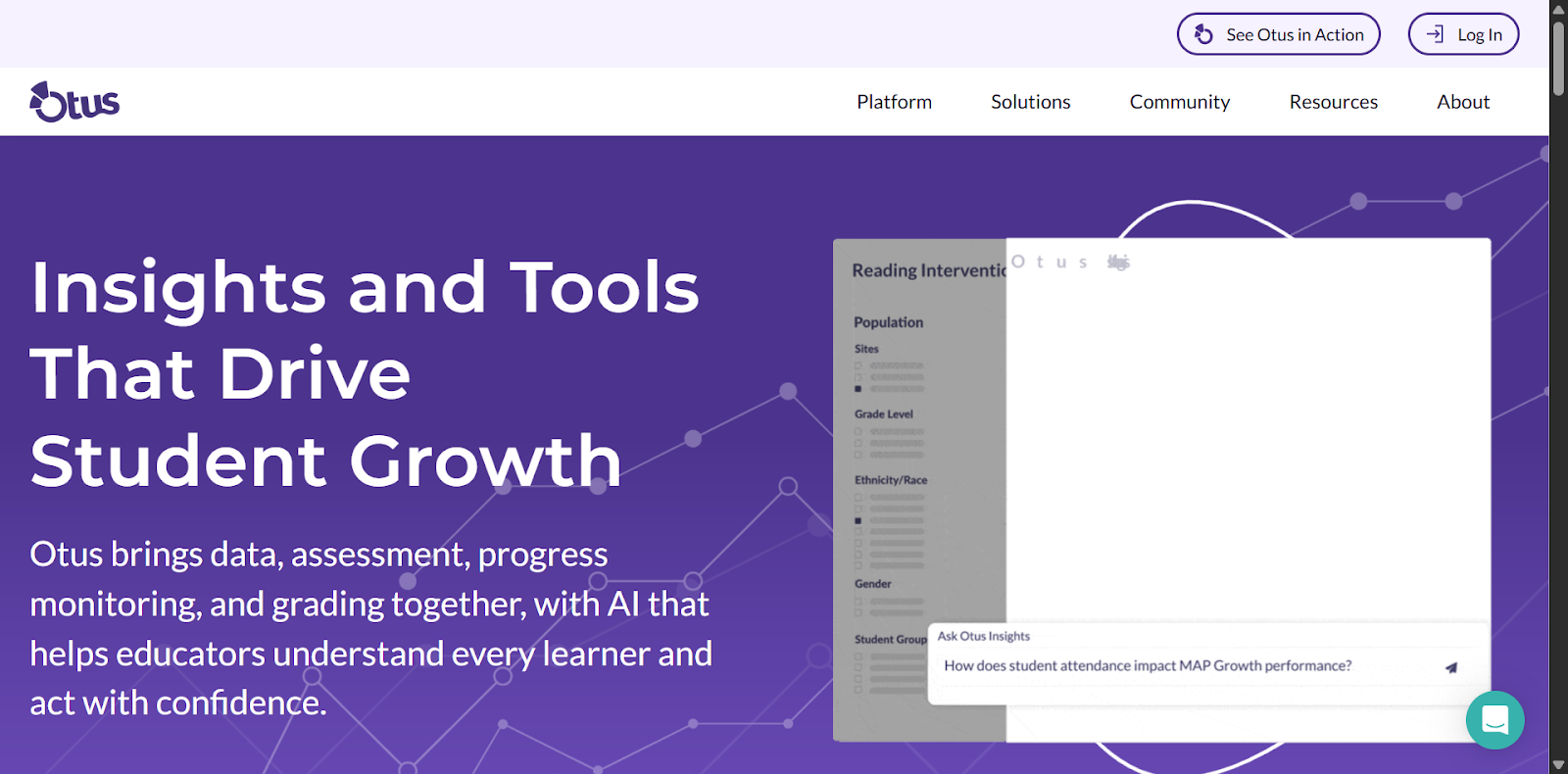
Otus is a learning management and assessment platform designed primarily for educators and training teams who need to track employee progress. It centralizes data, making it easier to view learner data activity, assessment history, and growth over time, all in one dashboard.
This digital training tool is mostly used by companies that want to measure training outcomes instead of just delivering content. However, because Otus focuses heavily on tracking and assessment, it might lack in content creation options.
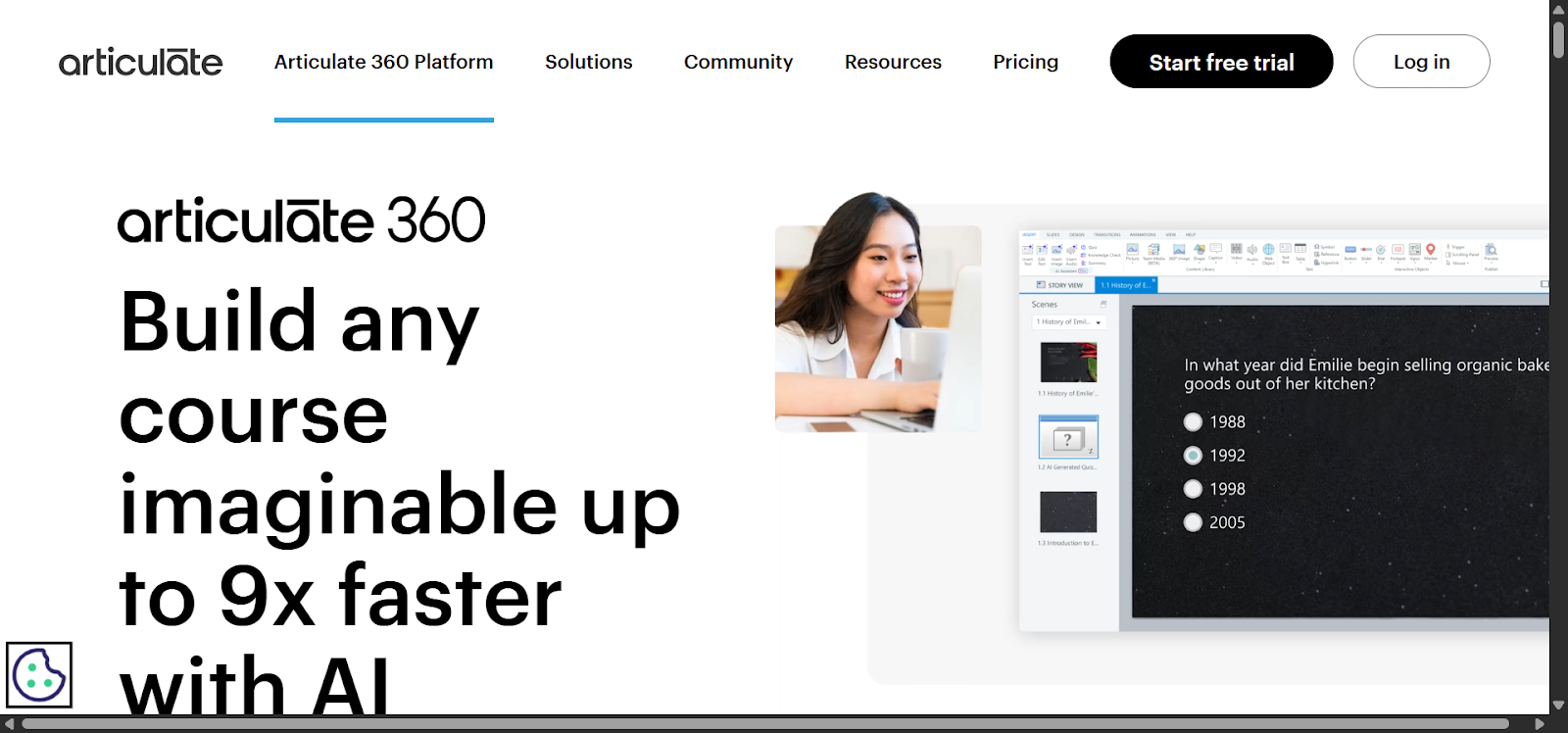
Articulate Storyline 360 is a powerful e-learning authoring tool for building interactive training courses. It allows creators to build slides, insert triggers, branch learning paths, and design scenarios. Because of its flexibility, it’s a favorite among instructional designers.
For organizations that want highly customized training, this tool is ideal, especially for simulations or complex learning journeys. Unlike drag-and-drop course builders, Articulate Storyline 360 gives full design control, which makes it possible to create an effective training program.
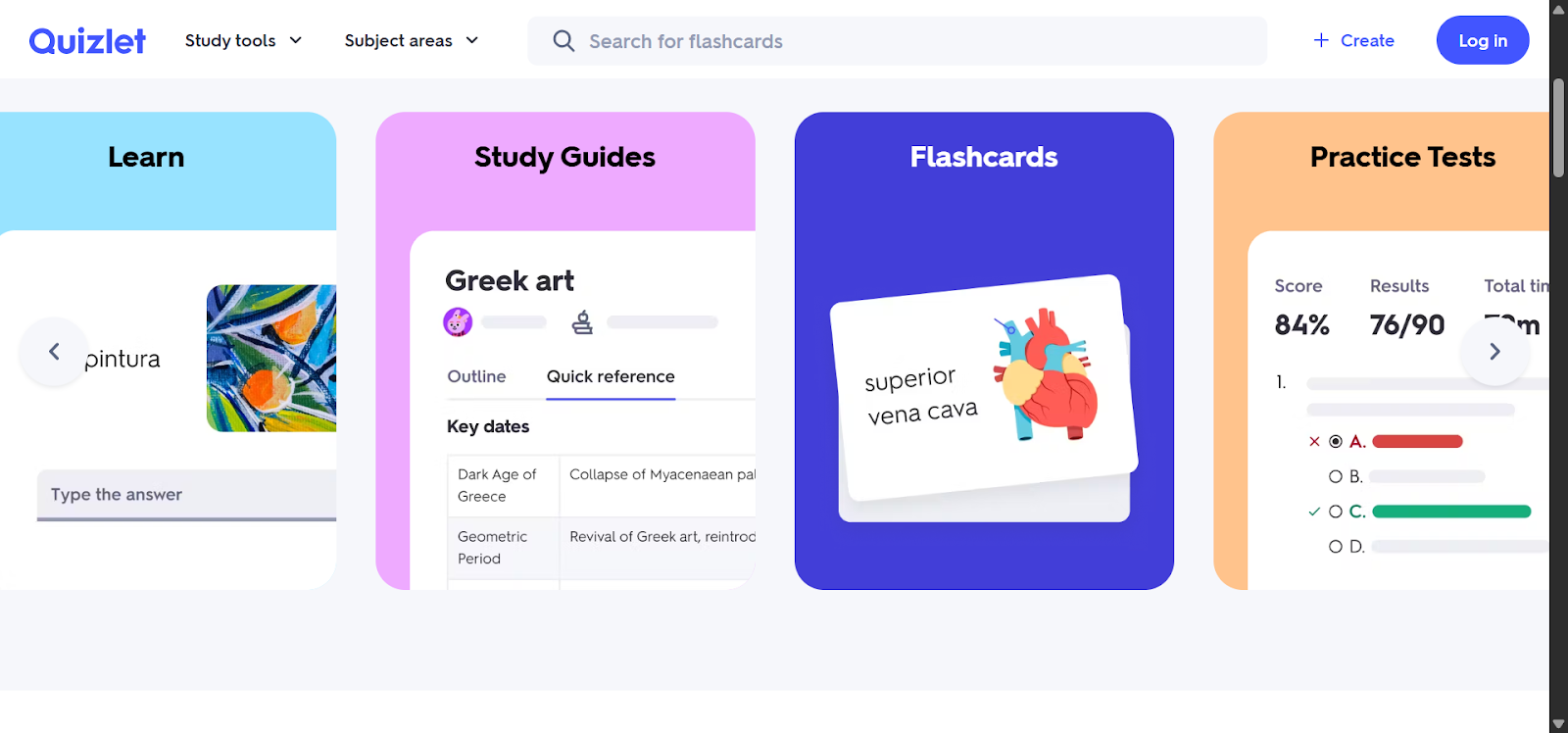
Last, but not least, is Quizlet, one of the digital training tools. It’s a digital flashcard and microlearning platform that helps learners study and remember information through repetition. Rather than long training modules, Quizlet breaks content into short flashcards, quizzes, and memory games.
Many companies use Quizlet for product knowledge training, terminology learning, or quick skill refreshers. When employees need to memorize concepts, processes, or vocabulary quickly, this tool comes in handy.
Choosing a digital training tool isn’t just about features. It’s about finding a platform that helps employees learn better and makes training easier to manage. Here’s what to look for when evaluating your options:
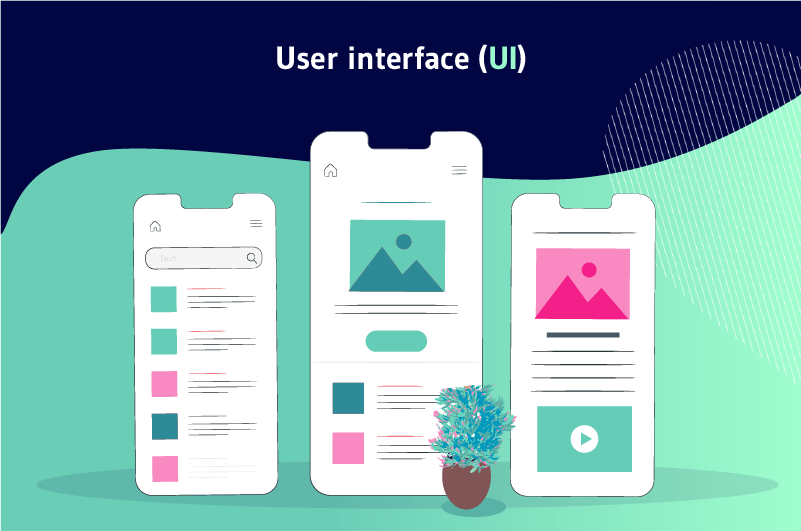
Look for a platform that feels intuitive the moment you log in. If employees struggle to navigate the dashboard or access lessons, they won’t use it consistently. Also, test how easy it is to create a course, assign training, and track progress.
Training is only valuable when you can measure it. Choose a platform that shows who completed the training, how well they performed, and where they struggled. Detailed reporting helps you identify skill gaps and improve training over time.
Your platform should support learning on the go. Employees should be able to complete training from their phone, whether they’re traveling, working remotely, or on the production floor. A tool that supports mobile learning gives learners flexibility and increases completion rates.
The platform should integrate easily with your existing tools, such as HR systems, LMSs, CRMs, Slack, or Google Workspace. Integrations save time because data flows between systems automatically.
Always test before you commit. A free trial or demo lets you check how the platform works with your real content and users. Let a few employees try it and gather feedback. If it feels smooth and doesn’t slow down the workflow, you’ve found the right fit.
Today, digital training tools are no longer optional. They’re the key to faster onboarding, better engagement, and consistent employee performance. In fact, the right platform can take your training from boring to interactive.
And if you’re looking for one tool that does it all, without juggling multiple platforms, Coursebox is the all-in-one AI-powered solution.
With it, you can turn your existing files into AI-generated training videos in minutes and deliver training from one centralized platform. It also allows you to add quizzes, assessments, and AI chat-based learning.
Start for free and create your first training course today!

Platforms like Coursebox, Articulate Storyline 360, and TalentLMS are great options because they support bite-sized lessons and enable employees to learn during breaks. When choosing a tool, look for offline access, responsive design, and progress tracking to ensure mobile learning is convenient and practical.
Yes, digital training platforms are now affordable even for small and medium-sized businesses. Many offer free plans, flexible pricing, or pay-per-user models. Tools like Coursebox allow companies to create training without hiring instructional designers or buying expensive software. Companies can start small with a basic plan, then scale as their training needs grow.
SCORM and xAPI are standards for tracking learning progress within an LMS. If you plan to import courses from other platforms or use pre-built training modules, you’ll likely need SCORM support. Alternatively, if you want more advanced tracking, such as capturing learning that happens outside the LMS, xAPI is better.
Many companies choose platforms based on features instead of real needs. A common pitfall is paying for a complex tool that requires heavy setup, technical skills, or too much customization. Another mistake is choosing a platform that doesn’t integrate with existing systems or is difficult for employees to use.
